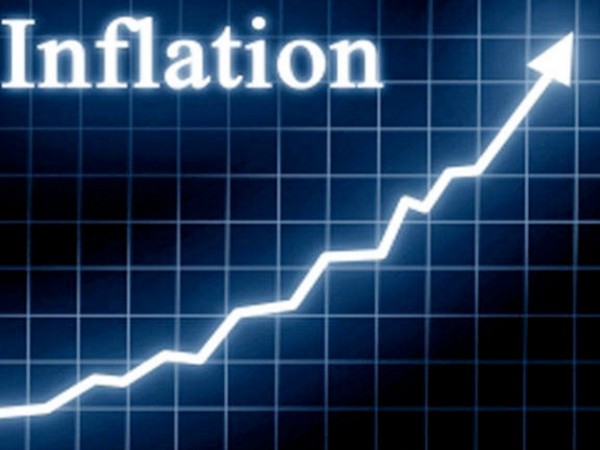The October retail inflation figures in India are expected to spike due to a surge in food prices and the fading high base effect, according to a report by the Union Bank of India. The Consumer Price Index-based inflation is projected to reach 6.15 per cent, breaching the Reserve Bank of India’s (RBI) 6 per cent tolerance band. In September, retail inflation had already increased to 5.49 per cent from 3.65 per cent in August, driven by higher food prices. The last time inflation exceeded the RBI’s upper threshold of 6 per cent was in August 2023. Despite the RBI acknowledging the inflation “hump” in October, the report suggests that the spike may not provide comfort as November readings are also expected to stay elevated.
The Union Bank of India report anticipates no changes in rates in the upcoming December policy review, proposing a shallow 50 basis points rate cut cycle starting in February 2025. The recent increase in food prices, particularly vegetables and edible oils, suggests ongoing pressure on inflation levels. The report highlights the importance of monitoring the Kharif harvest season and rabi sowing progress for future inflation trends. It expects food inflation to ease by the last quarter of the financial year (January-March) due to the typical decline in food prices during winter and improving prospects for rabi crops. However, potential risks to inflation from factors such as food supply disruptions, imported price pressures from edible oils, and trade tariff hikes led by the Trump administration need to be closely monitored.
Food prices remain a major concern for Indian policymakers aiming to stabilize retail inflation at 4 per cent on a sustainable basis. The RBI has maintained the repo rate at 6.5 per cent to manage inflation. The repo rate signifies the rate at which the RBI lends to other banks. Despite efforts to contain inflation, challenges persist due to external factors and domestic issues impacting food prices. Heading into the coming months, vigilance is needed to address inflationary risks and ensure stability in the economy.











